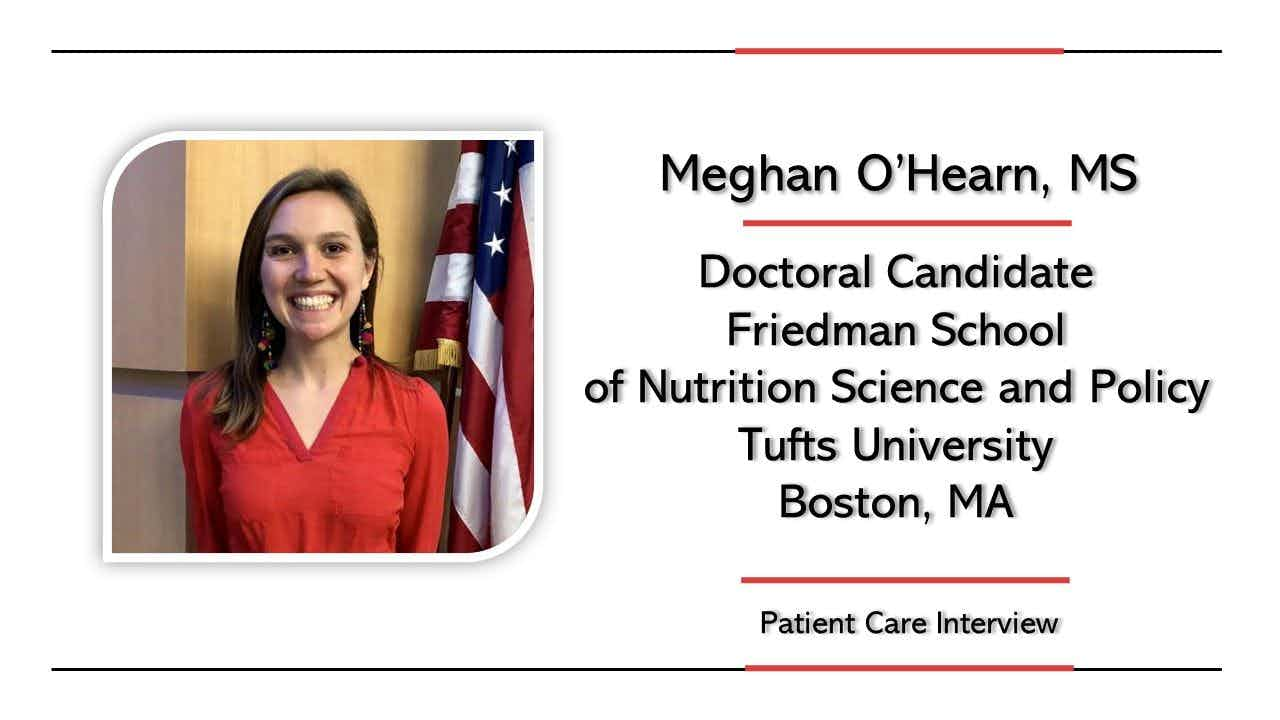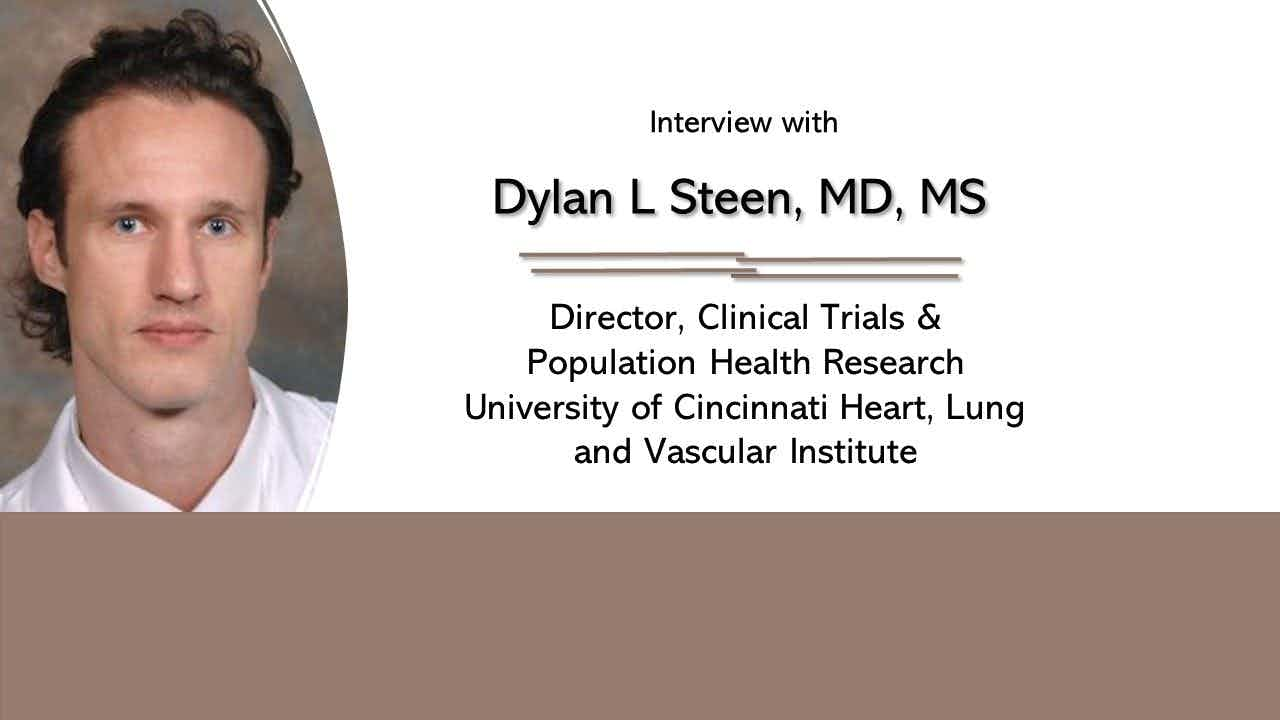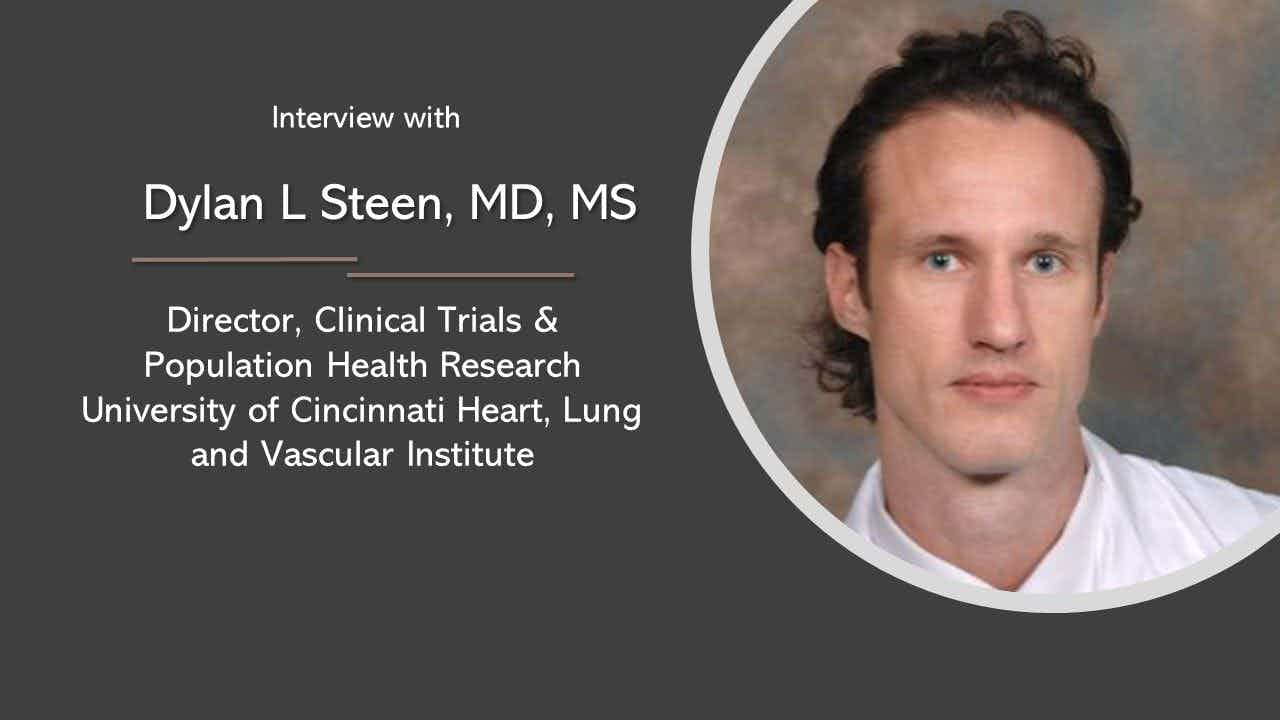Older Hypertensive Men Can Lower Death Risk With Exercise
Even moderate amounts of exercise can lower the risk of death in older men with high blood pressure, a new study shows.
Older men who have high blood pressure can lower their risk of death with even moderate amounts of exercise, according to a new study.
“To substantially reduce his risk of death, an elderly man needs to walk briskly for 20 to 40 minutes a day, 4 to 6 times per week,” lead author Charles Faselis, MD, Chief and Associate Professor of Medicine at George Washington University School of Medicine and Health Sciences (SMHS) in Washington, DC, told ConsultantLive.
At the moment, only about 25% to 30% of older men engage in a brisk walk of 20 to 40 minutes most days of the week, Dr Faselis noted.
For the study, researchers assessed the fitness status of more than 2150 men with hypertension, aged 70 years and older, using a standard treadmill exercise test. The researchers used metabolic equivalents (METs)-equal to the amount of oxygen the body uses per kilogram of body weight per minute-to determine the men’s peak fitness levels. One MET is the amount of energy expended at rest; anything above that represents work.
The researchers categorized the men as very low fitness, low fitness, moderate fitness, and high fitness. “To put this in perspective, the peak MET level of a sedentary 50-year-old is about 5 to 6 METs,” said Dr Faselis. “For a moderately fit individual, it's about 7 to 9 METS, and for a highly fit person, it's 10 to 12 METs.”
After an average follow-up of 9 years, the researchers found that the risk of death was 11% lower for every 1-MET increase in exercise capacity. Compared with least-fit men (up to 4 peak METs), the risk of death was 18% lower in those in the low-fit category (4.1 to 6 peak METs), 36% lower in the moderately fit men (6.1 to 8 peak METs), and 48% lower in the high-fit men (peak METs of more than 8).
“A regular brisk walk most days of the week is a safe, effective form of exercise. Most health benefits are realized at this exercise level. More vigorous exercise is not required,” said senior author Peter Kokkinos, PhD, Professor at Veterans Affairs Medical Center, Georgetown University School of Medicine and George Washington University SMHS. He added that an exercise stress test is highly recommended for patients before they engage in any exercise program. Also, doctors should check with the patient periodically and encourage him to maintain exercise, he said.
“The evidence supporting exercise-related health benefits for all ages is overwhelming,” Dr Kokkinos said. “Physical activity is an inexpensive way to improve health. It can easily be implemented for most populations at any age. Yet, we are in the midst of a physical inactivity epidemic. Health-care providers can help change all this by simply taking a few minutes to discuss physical activity with their patients.”
Dr Faselis added: “The responsibility of promoting physical activity should not stop with the health care provider. In this digital age, where inactivity is fostered, the time has come for a ‘Physical Activity Awareness’ campaign nationwide.”
The researchers published their results online in the May 12, 2014 issue of Hypertension.







